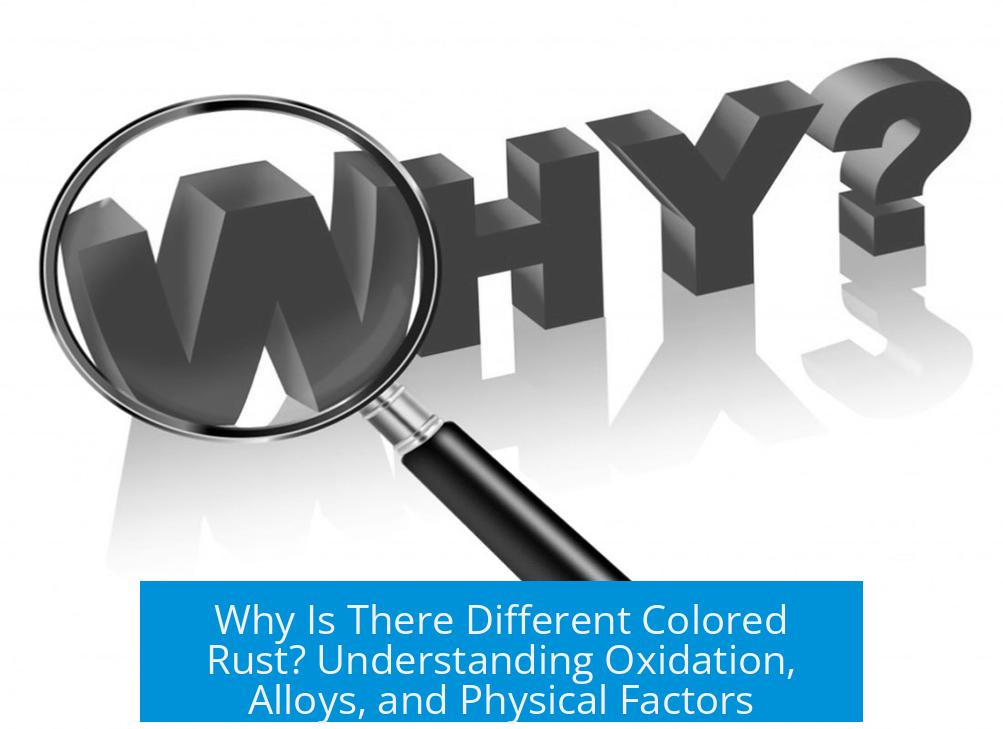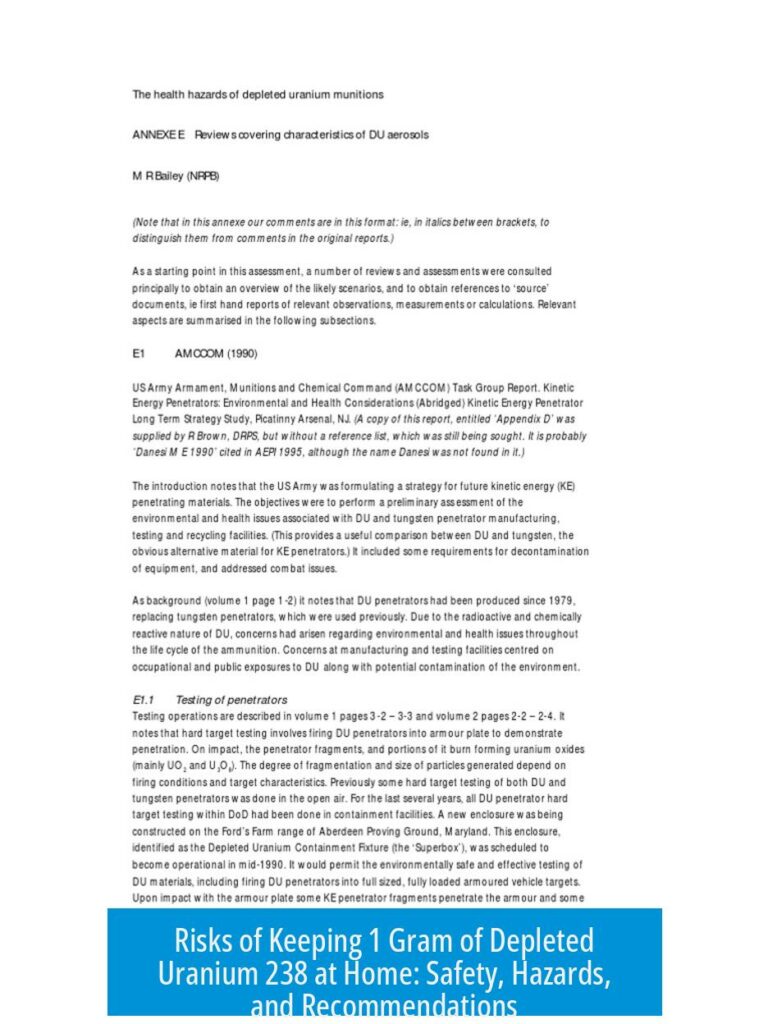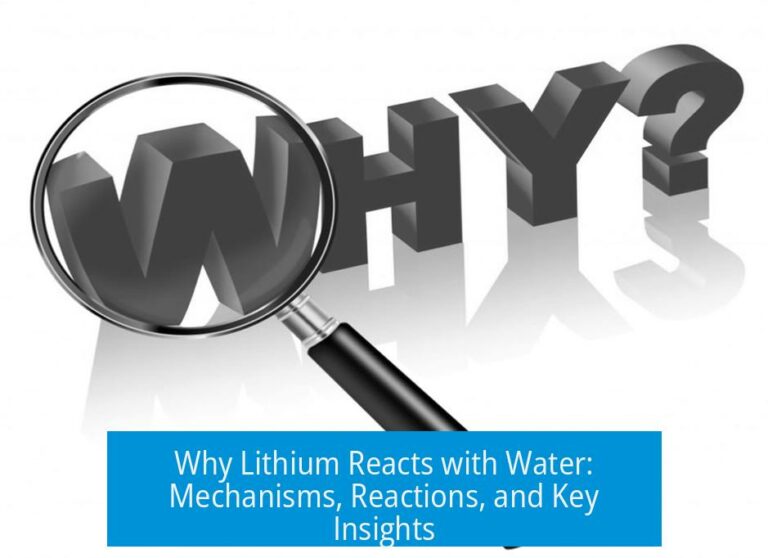Why Is There Different Colored Rust?
Rust color variation results mainly from differences in iron oxidation states, metal compositions, and physical conditions during oxidation. The hues range from red-orange to black, green, and brown based on these factors.
Oxidation States of Iron
Rust forms when iron reacts with oxygen and moisture. The color depends on the iron’s oxidation state:
- Iron(III) oxide (Fe2O3) produces the typical red or orange rust.
- Mixed iron oxides (Fe3O4), containing both iron(II) and iron(III), create black or dark rust. This form is magnetic.
- Iron(II) oxides tend to be greener but oxidize to iron(III) over time, shifting color.
Impact of Metal Alloys
Rust can differ when other metals are in the alloy:
- Nickel-rich alloys (like maraging steel with ~25% nickel) may have green or dark rust due to nickel compounds.
- Nickel(II) compounds are green and tend to retain color, unlike iron oxides that change with oxidation.
- Other metals also produce unique oxide colors, broadening rust shades beyond standard iron oxides.
Physical Factors Driving Color Variation
Particle size and shape influence rust color. For example, heating iron oxides at different temperatures produces various pigments from amber to black.
Environmental factors such as humidity, temperature, and the presence of chemicals impact rust formation and color. Historical techniques like gun browning or bluing control oxidation states for specific colors and protective effects.
Distinguishing Rust Types
Simple chemical tests help identify rust color causes. Adding hydrogen peroxide to greenish rust promotes oxidation:
- If from iron(II), fizzing occurs and color shifts to orange as iron(III) forms.
- If from nickel, the dark green color persists.
Key Takeaways
- Rust color depends on iron’s oxidation state: iron(III) oxides are red/orange, mixed oxidation states form black rust.
- Metal alloys, especially with nickel, change rust color to green or dark hues.
- Physical factors like particle size and heat affect rust pigments.
- Chemical tests can distinguish rust caused by iron versus nickel compounds.
Why does rust sometimes appear black instead of the common red or orange?
Black rust forms when iron has both iron (III) and iron (II) oxides together. This combo creates magnetite (Fe3O4), which looks black and can be picked up with a magnet.
How can the presence of nickel change rust color?
Nickel in alloys creates different oxides. Nickel II compounds show a greenish tint and do not turn red like normal iron rust. These green or dark colors stay even after chemical tests.
What role does oxidation state play in rust color?
Iron rust color depends on iron’s oxidation state. Iron (III) oxide gives red or orange rust, while iron (II) oxide can produce greenish or darker colors. Changing oxidation states alters rust color.
Can rust color change over time, and how?
Yes. For instance, greenish iron (II) oxide turns orange as it oxidizes further to iron (III) oxide. Chemical exposure like hydrogen peroxide can trigger this color change.
Why do different rust particles show various colors under heat or in pottery?
Rust color varies with particle size and shape. Heating iron compounds to different temperatures changes their color, producing blues, browns, or blacks, exploited in pottery and metal treatments.





Leave a Comment